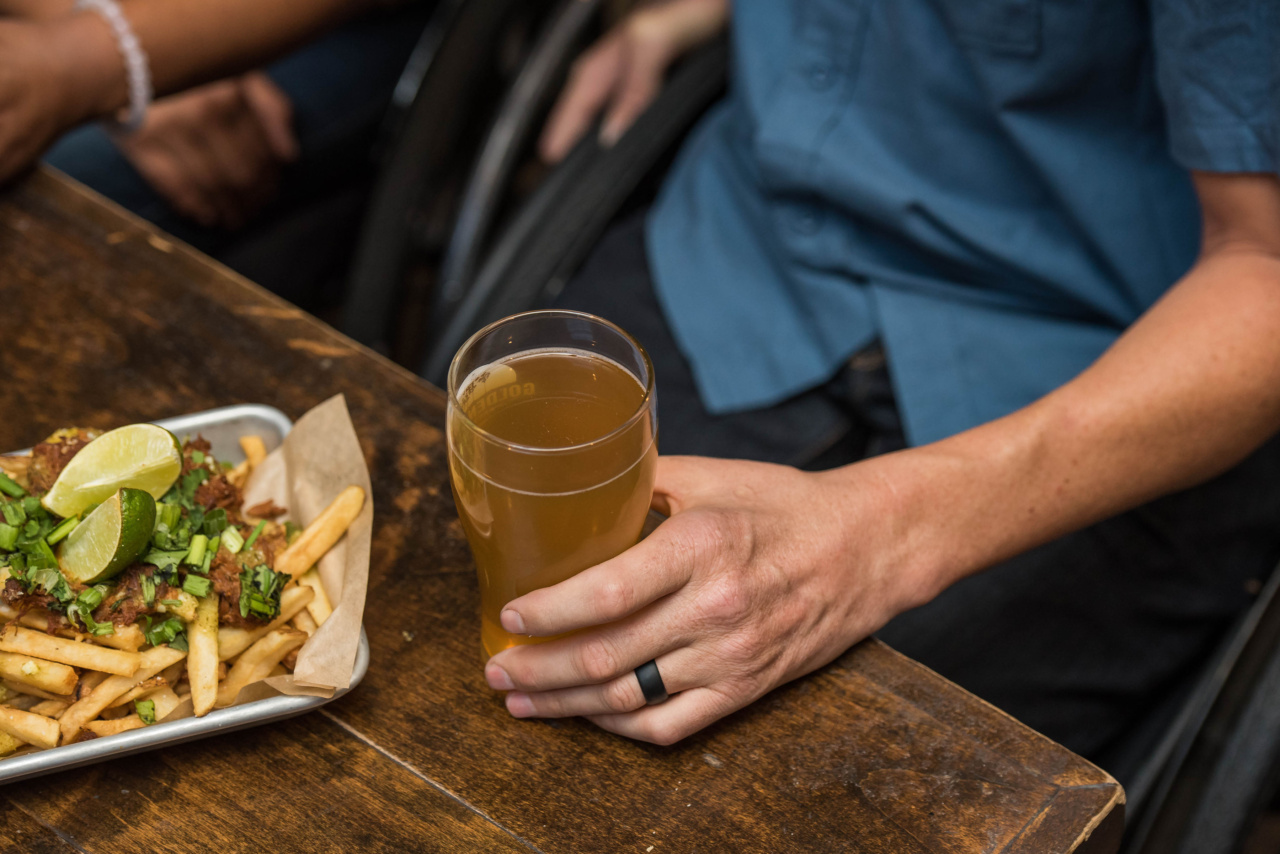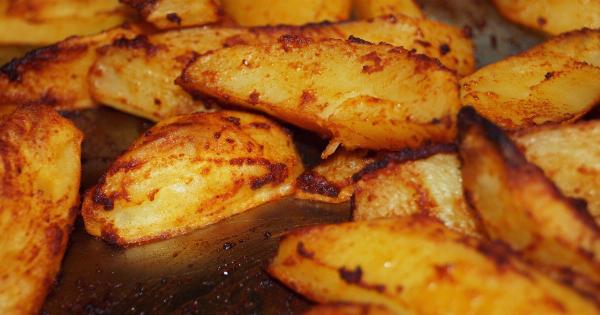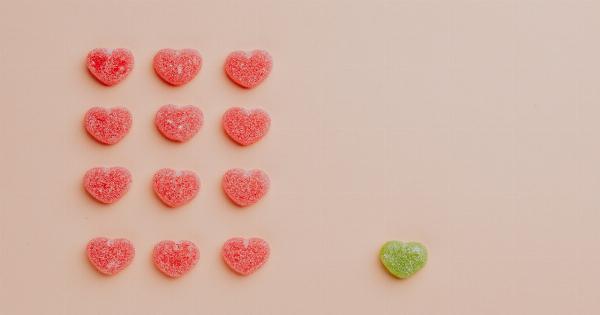It’s a familiar scenario for many people – after a night of drinking, the craving for greasy, fried foods becomes nearly impossible to resist.
Whether it’s a plate of french fries, a cheeseburger, or a basket of chicken wings, these high-fat, high-calorie foods seem to take on an irresistible allure after alcohol consumption. But what exactly is it about drinking that makes us crave fried foods? Is there any scientific basis for this phenomenon? Let’s delve into the science behind our desire for fried foods after drinking.
The Role of Alcohol in Food Cravings
Before we can understand why we crave fried foods specifically, it’s important to understand the role alcohol plays in our food cravings in general.
Alcohol is known to stimulate the release of dopamine, a neurotransmitter associated with pleasure and reward, in the brain. This surge of dopamine can lead to increased appetite and cravings for all types of foods, not just fried ones.
Additionally, alcohol can lower inhibitions and impair judgment, making it easier to give in to our cravings and indulge in high-calorie foods.
This combination of increased appetite and weakened self-control sets the stage for the desire for fried foods to emerge.
The Influence of Alcohol on Taste Perception
One possible explanation for our desire for fried foods after drinking lies in the way alcohol affects our taste perception. Alcohol has been found to dull the sensitivity of our taste buds, particularly to certain tastes like bitterness.
This can make foods that are normally perceived as greasy and heavy seem less intense and more palatable.
Fried foods, with their crispy textures and savory flavors, can provide a satisfying contrast to the dulled taste buds.
They can also activate the reward centers in the brain, further reinforcing the association between alcohol and fried foods as a pleasurable experience.
The Impact of Alcohol on Ghrelin Levels
Ghrelin, often referred to as the “hunger hormone,” is responsible for stimulating appetite.
Studies have shown that alcohol consumption can increase ghrelin levels in the body, leading to increased hunger and cravings for calorie-dense foods.
In particular, fried foods are rich in fat and calories, which can provide instant gratification and satiate the heightened hunger caused by alcohol-induced ghrelin release.
This combination of increased ghrelin levels and the desire for instant gratification can contribute to the specific craving for fried foods after drinking.
Link between Alcohol and Blood Sugar Levels
Another factor that may contribute to our desire for fried foods after drinking is the impact alcohol has on our blood sugar levels. When we consume alcohol, our bodies prioritize metabolizing alcohol over other nutrients, such as carbohydrates.
This can lead to a drop in blood sugar levels, triggering hunger and cravings for foods that can help restore those levels.
Fried foods, with their high-fat content, can provide a quick source of energy and help elevate blood sugar levels.
This biological response, combined with the psychological association between alcohol and fried foods, can further fuel our desire for these types of foods after drinking.
The Role of Sodium and Electrolyte Imbalance
Alcohol consumption can also disrupt the balance of electrolytes in our bodies, specifically sodium. This can lead to dehydration and an imbalance in fluid levels. Our bodies naturally seek out salty foods to help restore the electrolyte balance.
Fried foods, often seasoned with salt, can provide the salty taste our bodies crave after drinking.
The combination of the need to restore electrolyte balance and the unique taste profile of fried foods contributes to their desirability in this context.
The Psychological Component of Drinking and Fried Foods
Lastly, it’s essential to recognize the psychological component of our desire for fried foods after drinking. For many people, indulging in comfort foods like french fries or fried chicken is seen as a reward or a form of self-care.
This association dates back to childhood, where fatty foods are often used as treats or comfort measures.
When combined with the pleasure-inducing effects of alcohol, this psychological association intensifies, making the desire for fried foods even stronger.
The combination of dopamine release, lowered inhibitions, and the reward-seeking behavior amplifies the relationship between alcohol and the desire for fried foods.
Conclusion
While the science behind our desire for fried foods after drinking may not be entirely conclusive, it’s clear that several factors contribute to this phenomenon.
From the impact of alcohol on taste perception and ghrelin levels to the biological and psychological associations between alcohol and fried foods, multiple mechanisms are at play.
Understanding these underlying factors can help individuals make more informed choices about their post-drinking food consumption. It’s essential to strike a balance between indulging in cravings and maintaining a well-rounded, healthy diet.
Moderation and awareness of the physiological and psychological influences can go a long way in managing our desire for fried foods after drinking.






























